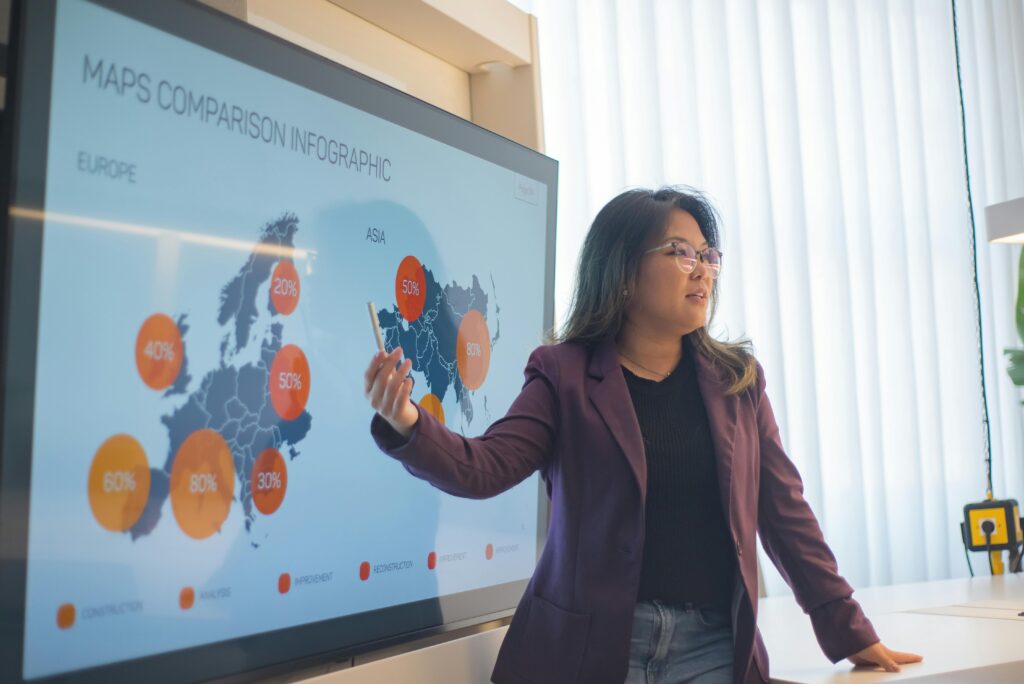Understanding Cultural Exchange Programs
Cultural exchange programs offer participants invaluable experiences in different cultural settings. These programs have diverse formats and serve various purposes.
The Definition and Purpose of Cultural Exchanges
Cultural exchange programs enable individuals to live in a new cultural environment, fostering mutual understanding and creating global connections.
These programs aim to dismantle cultural barriers, promote global peace, and enrich participants’ cross-cultural understanding.
Hosted by educational institutions, non-profits, and government organizations, these exchanges often focus on education, language learning, and promoting cultural awareness.
Different Types of Cultural Exchange Programs
Exchange programs vary widely, each with unique goals and structures.
- Student Exchanges: High school and university students study abroad, attend classes, and live with host families. Examples: AFS Intercultural Programs, Rotary Youth Exchange.
- Work Exchanges: Participants gain work experience while immersing in a foreign culture. Examples: Workaway, WWOOF.
- Internship Exchanges: Internships abroad provide professional experience and cultural insights. Examples: IAESTE, AIESEC.
- Language Immersion Programs: Focus on learning a new language through structured classes and cultural engagement. Examples: EF Language Programs, Berlitz.
- Teacher Exchanges: Teachers swap classrooms with peers from other countries to share educational practices. Examples: Fulbright Teacher Exchange Program, Amity Institute.
By participating in these programs, individuals contribute to fostering global relationships and understanding, broadening their perspectives on cultures worldwide.
How Cultural Exchanges Foster International Relations
Cultural exchanges play a pivotal role in strengthening relations between countries. Participants return with renewed perspectives, fostering mutual respect and collaboration.
Building Bridges Through Shared Experiences
Shared experiences foster deeper connections among participants. When individuals live, work, or study in a foreign country, they immerse themselves in the host culture.
This immersion leads to a better understanding and appreciation of different ways of life. For example, when students from different countries collaborate on projects, they learn to value diverse viewpoints.
These interactions contribute to breaking stereotypes and building trust. Over time, these personal connections lay the groundwork for positive international relations.
Case Studies: Successful Cultural Exchange Initiatives
Several cultural exchange programs have demonstrated significant success in fostering international ties.
- Fulbright Program: The Fulbright Program, funded by the U.S. government, has brought together students, researchers, and professionals from over 155 countries since 1946. Participants engage in meaningful cultural interactions, strengthening diplomatic relationships.
- Erasmus+: This European Union initiative enables students to study or intern abroad in over 30 countries. It’s strengthened Europe’s internal cohesion by promoting cultural understanding and cooperation.
- Japan Exchange and Teaching (JET) Program: The JET Program places English teachers in Japanese schools to promote language exchange and cultural understanding. Since its inception, it has positively impacted international perceptions of Japan and built enduring global friendships.
These programs not only benefit participants but also create networks that promote ongoing international collaboration and goodwill.
The Role of Technology in Modern Cultural Exchanges

Technology has revolutionized how cultural exchanges occur, making global interaction more accessible and impactful than ever before.
Virtual Exchange Programs and Their Impact
Virtual exchange programs bridge cultural gaps through online platforms, allowing participants to interact without geographical constraints.
These programs, such as Global Nomads Group, offer structured experiences where students engage in collaborative projects, discussions, and social activities.
Direct communication with peers from different cultures fosters mutual understanding and respect. Studies have shown that virtual exchanges enhance intercultural competence, critical thinking, and digital literacy among participants.
Additionally, these programs cost less and are accessible to a broader audience, ensuring more people benefit from cultural exchanges.
Integrating Digital Communication Tools in Exchanges
Digital communication tools, including video conferencing, messaging apps, and social media platforms, enhance interaction in cultural exchanges.
Tools like Zoom and WhatsApp facilitate real-time communication, enabling participants to share experiences and insights instantly. Social media platforms, with examples like Facebook and Instagram, provide spaces for ongoing engagement and cultural sharing.
Incorporating these tools improves the quality and depth of exchanges, making it easier to maintain connections even after the program ends. Studies indicate that these tools help build stronger personal and professional networks, essential for sustained international collaboration.
Challenges and Solutions in Cultural Exchange Programs
Overcoming Language and Cultural Barriers
Language and cultural barriers often pose significant challenges in cultural exchange programs. Participants may struggle to communicate effectively due to linguistic differences.
To address this, I find it’s essential to provide intensive language training before the exchange begins. For example, many programs like Erasmus+ offer pre-departure language courses. Qualified instructors and immersive language sessions can enhance participants’ proficiency.
Cultural misunderstandings can also arise, leading to potential conflicts. Integrating cross-cultural training helps participants navigate these differences. Programs like AFS Intercultural Programs conduct workshops focusing on social norms, traditions, and values of the host country. This preparation can significantly reduce cultural shock and foster mutual respect.
Ensuring Safety and Support for Participants
Ensuring participants’ safety and support is crucial for the success of cultural exchange programs. It’s vital to establish comprehensive safety protocols and emergency response plans.
For instance, the Fulbright Program provides 24/7 emergency support and insurance coverage for all participants. Clear communication channels should be maintained to address any emergencies promptly.
Support systems like:
- counseling
- mentorship programs
can assist participants in adjusting to new environments. The JET Program assigns mentors and coordinators to guide participants throughout their stay. Access to mental health resources is equally important, offering emotional support and promoting well-being during the exchange.
Participants’ well-being should always be prioritized, ensuring a positive and enriching experience.




